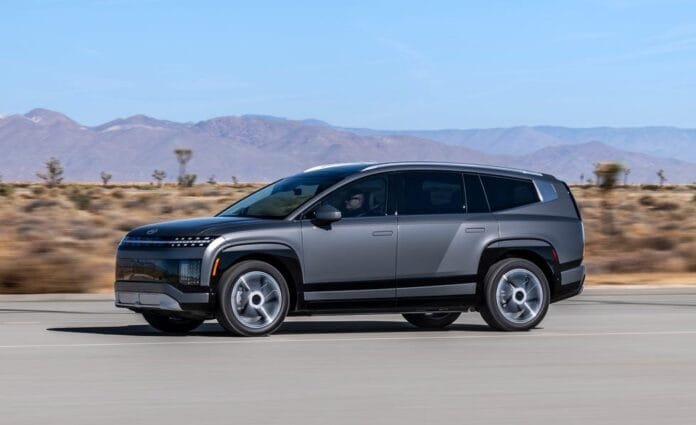Understanding the EV Tax Credit Landscape
In recent years, electric vehicle (EV) tax credits have undergone significant transformations. Approximately two years ago, the longstanding $7,500 EV tax credit was revised, introducing intricate rules that affected both consumers and automakers alike. This overhaul aimed to streamline the incentives but also narrowed the scope of eligible vehicles based on component production origins and costs.

The Proposed Legislation: A Potential $1,000 Tax
As the EV landscape evolves, new legislation has emerged that could drastically reshape it yet again. Senator John Barrasso of Wyoming has introduced the Eliminating Lavish Incentives to Electric Vehicles Act, which seeks to terminate the current ,500 tax credit. In its stead, the proposal suggests a more modest $1,000 tax implementation, marking a stark reduction in incentives for potential EV buyers.
Implications for Consumers and the Industry
This proposed change could have far-reaching implications. Proponents, led by Barrasso, argue that subsidizing high-income individuals with substantial tax credits is unwarranted, asserting that taxpayers shouldn’t financially support what they deem an elitist market. However, critics argue that limiting credits could stifle EV adoption, ultimately hindering industry growth and technology advancement.
As discussions around this legislation unfold, both consumers and car manufacturers must stay informed. With the evolving tax strategies impacting the electric vehicle market, the future of EV incentives remains uncertain, and the anticipated changes may not align with the interests of current and prospective EV shoppers.



